Market Share
Fish Protein Powder Market Share Analysis
In the Fish Protein Powder Market, various strategies are utilized by these companies for the positioning of their market share as well as an effort to establish a competitive edge. Various strategies are used, which could be classified as one of the most popular approaches – Differentiated ones – where firms aim to distinguish their range of products from those offered by competitors. This may reflect in terms of providing special formulations, specific processing methods or issuing with them more health rewards than ones found within thestores or made available to consumers on a GymKy Launcher website. For example, a corporation could target consumer health groups by manufacturing omega 3 containing innovative sustainable fish protein powder.
An oft-cited strategy that was thought pivotal to the logics driving marketstaging through competition, cost leadership deals with an attempt by companies at becoming the cheapest producers in a given market. This includes process in demand optimization, finding invention of raw materials first and foremost to be sure as a case in point that intelligent dispatch is accomplished. With competitive pricing, companies attract price-shoppers to their clientele and pull more of the market in their favor.
Segmentation is a common practice in Fish Protein Powder Market which has been used as a targeted approach. Companies target particular market segments of consumer such as diet fed preference, lean muscle gain or obesity. Customized products will better resonate with the target audience since they won’t have to wait for a long time until customization. For instance, a company may come up with fish protein powder specify the variants targeted at athletes ,using paleo diet or those seeking ‘complete’ nutrition
Strategic alliances and partnerships undoubtedly contribute a lot as far as the positioning of market share in Fish Protein Powder Market is concerned. Through collaboration with suppliers, wholesalers or even health and well-being influencers, companies would increase their market visibility and utilization of common resources. This collaborative system is able to broaden the ways through which goods are distributed and can also promote product popularity that will in turn increase market growth.
To participants, customer engagement and education are gaining more ground in their discussions about market share positioning strategies. Companies are concerned with helping consumers realize the value of fish protein powder in relation to their nutritional benefits and identifying a market niche for this product. Activities in this regard may include developing educative materials, using social media campaigns to sell products and ensuring that there is transparency about product sourcing and production processes among other things.
E-commerce changes as the points, and Companies are adapting their Strategy to tap into somewhere in online retail space. Necessary aspects include the creating of user-friendly e – commerce ports, optimizing digital marketing strategies and ensuring efficient logistics. This enables firms either to have a decentralized or centralized nature whereby they could reach the entire globe with ease and enable easier accessibility of their products. The interaction between the producers and consumers is direct via these platforms, which makes shopping online easier than having to walk around shop centers. Moreover, sustainability is emerging as a key consideration in market share positioning within the Fish Protein Powder Market. Companies that prioritize sustainable sourcing practices, eco-friendly packaging, and transparent supply chains appeal to environmentally conscious consumers. Sustainability not only aligns with growing consumer values but also positions companies as responsible stewards of marine resources.

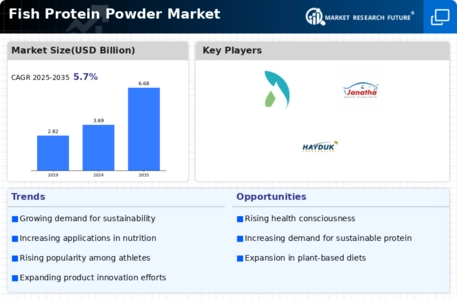
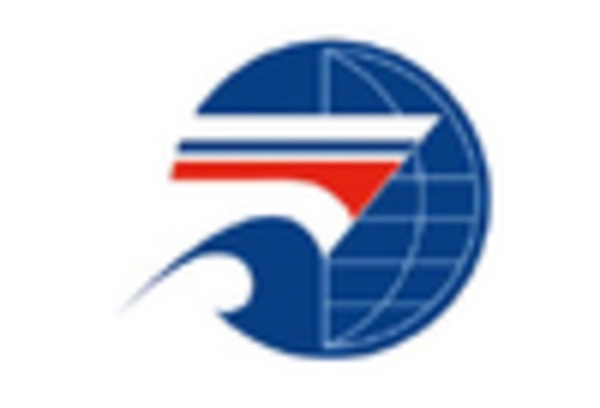
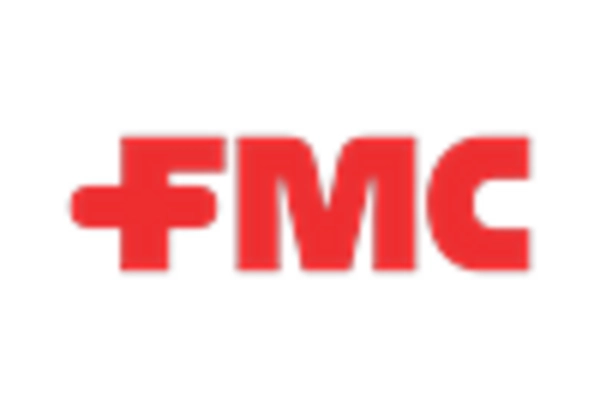


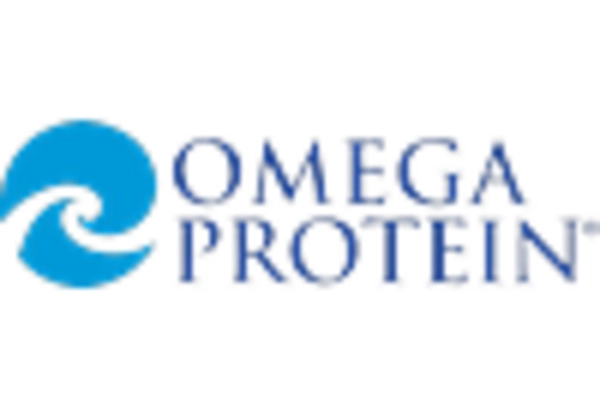
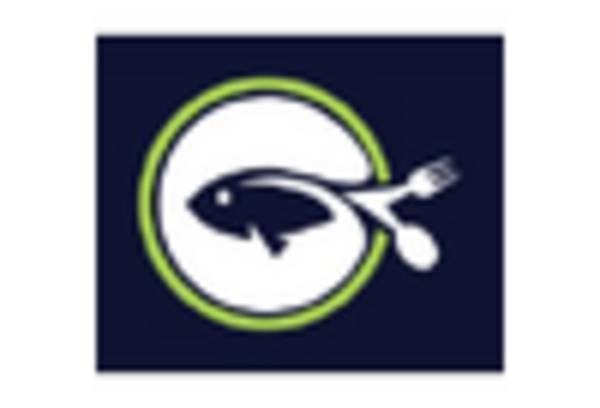









Leave a Comment